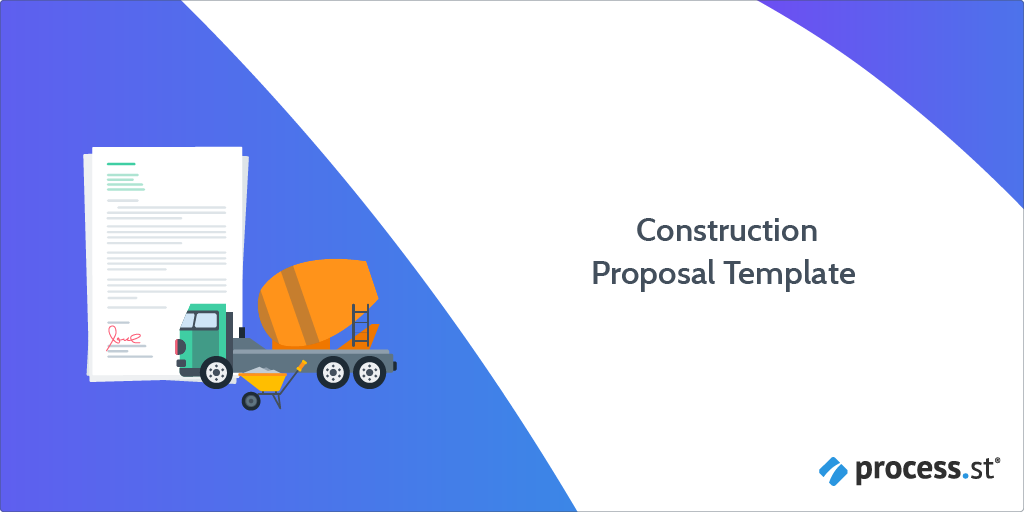A construction proposal provides specific details about what you are promising to deliver for a construction project.
It’s a written offer from the construction worker to the owner to perform the work and to furnish all labor, materials, equipment and/or services for the prices and terms quoted by the construction worker.
If you win the work, the construction project will refer back to the proposal, so you need to be specific about what you will do and what you won't do for the costs included.
If you don't include enough detail, then you put yourself at risk from the “I assumed you were also going to do X, Y and Z?” or even worse “ I thought that was included" backlash.
Use this 'Construction Proposal Template' checklist, alongside the proposal document you plan to submit, to ensure you are including enough detail around the work you will carry out, the materials you will use, your expected payment schedules, and estimated costs.
Process Street is super-powered checklists. It’s the easiest way to manage your recurring tasks, procedures, and workflows.
Create a checklist template and run individual checklists for each member of your team. You can check tasks off as you work through them, set deadlines, add approvals, assign tasks, and track each team member's progress.
You can also connect to thousands of Apps through Zapier and automate your workflows even more.







